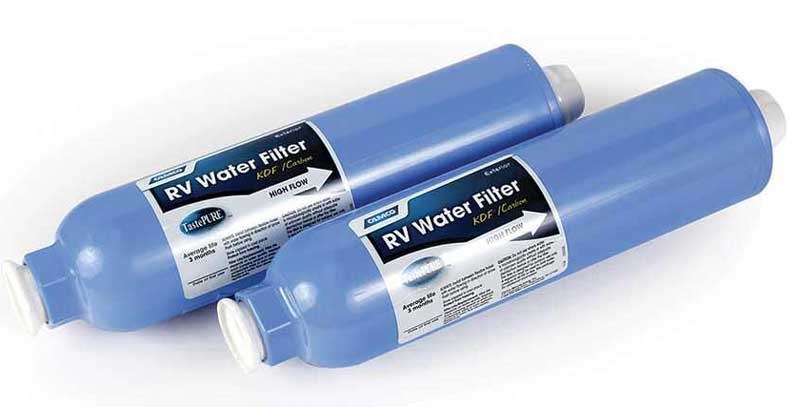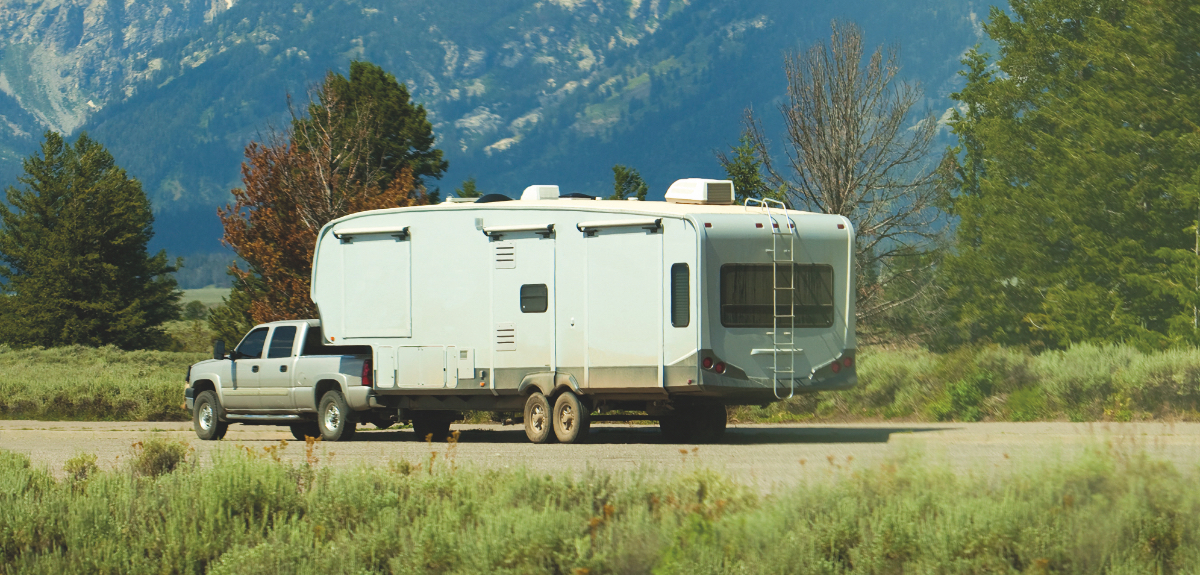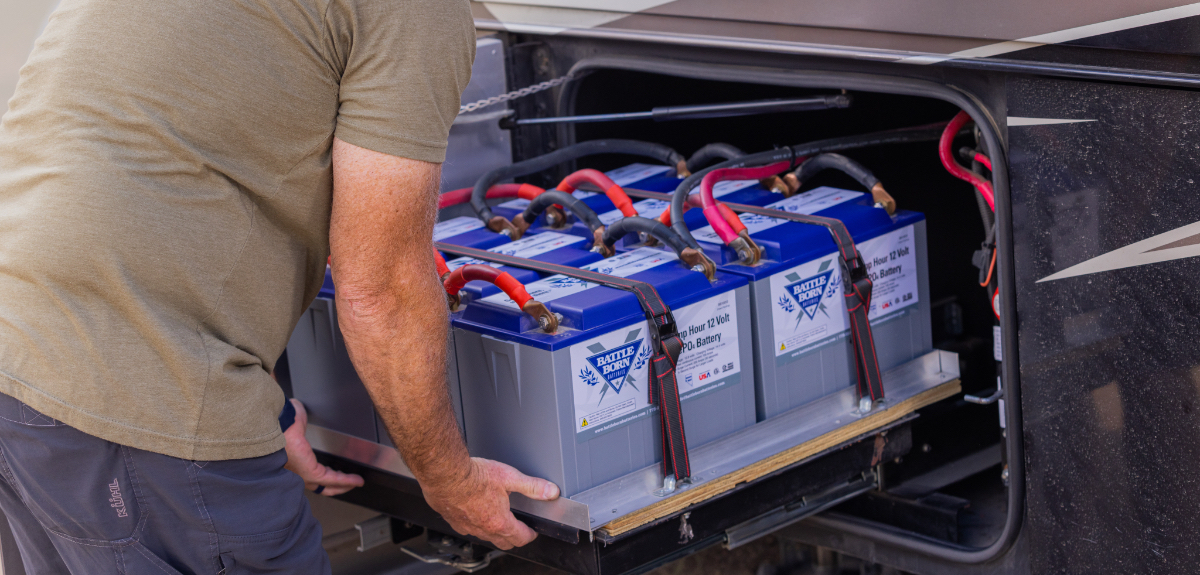Tech Tuesday: Adding Lithium Batteries to a Rig, Rubber Roof Maintenance, and Much More
Our RV maintenance expert shares his wisdom on a wide range of topics.
Image Caption:
A Lithium Battery Upgrade
Q: I am interested in adding lithium-ion batteries and an inverter to my 2023 Coachman Freedom Express. I would like to be able to use the outlets when not hooked to shore power—thus the inverter. I’d like to install a 3000-watt pure sine wave unit. I’m planning on 400-amp hours of battery power to run the inverter. I will not be using the setup to run the air conditioner, only a coffee maker, microwave, maybe the TV or DVD. I have calculated the draw, and I think I am well within the 3000-watt parameters.
My question is: Why do so many setups use four 100-amp-hour batteries wired together rather than one 400-Ah battery? It seems like a lot of extra wires.
—Brian Kelley, Sparks, Nevada
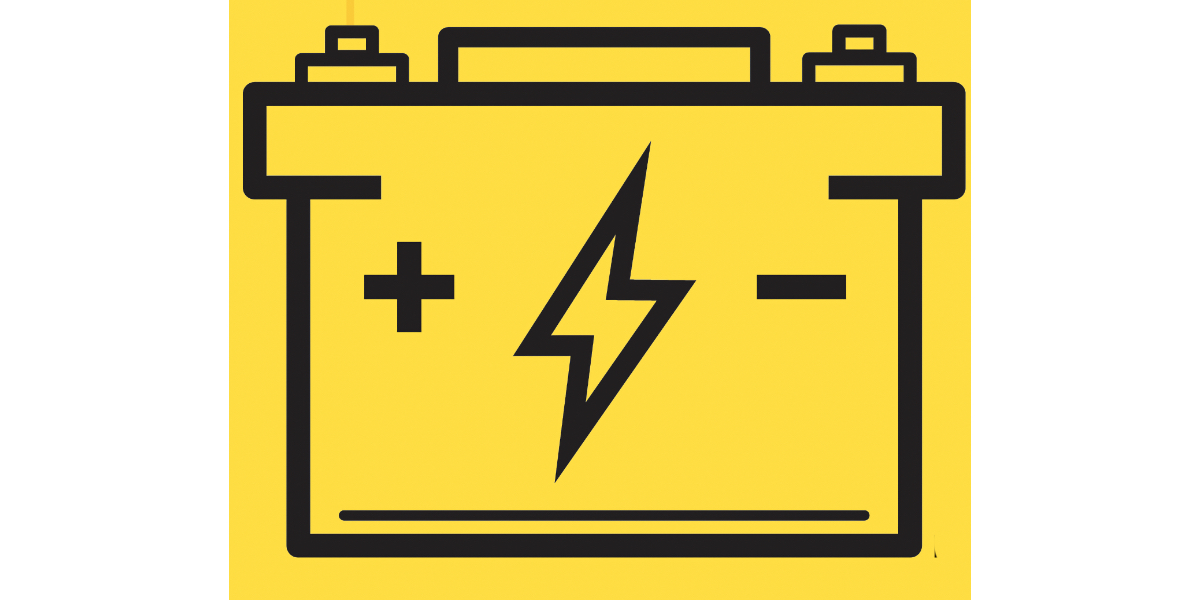
A: Lithium-ion battery conversions are very big right now, as prices have come down and availability has gone up. Changing to Li-Ion allows you to discharge down to 20 percent, as opposed to 50 percent with lead acid batteries. (The general consensus is that discharging beyond that may damage the Li-Ion battery. Good idea to recharge these batteries once they reach a state of charge [SoC] of 30 percent to leave a small cushion.) Li-ion batteries also weigh considerably less and typically last a lot longer.
You can use a transfer switch to go from shore power to battery/inverter power in your outlets. Are you going to power more than one circuit of outlets? Because a 15-amp circuit only handles 1800 watts (120 V x 15 A = 1800 W), you may not need a 3000-watt inverter. If you don’t run the coffee maker and microwave simultaneously, you may be able to run a smaller, cheaper inverter, such as a 2000-watt unit.
Keep in mind that inverters draw power and run your batteries down even when they aren’t supplying power; larger ones consume more power. If you charge the batteries from your tow vehicle’s alternator (or a motorhome alternator) you need a DC-to-DC battery charger, which raises the voltage as needed for lithium-ion batteries, but limits the current so the alternator isn’t overloaded.
Using one large battery does mean less wire and fewer connections to install and maintain. But two 200-amp or four 100-amp batteries may prove more useful for a larger inverter. If I had to make a choice, I would want at least two in my system. I prefer multiple batteries in parallel, which gives you redundancy and potentially a higher maximum discharge current to drive a high-wattage inverter. If you lose one battery in your 400-Ah battery system, you are totally out of power. If you lose one 200-Ah battery in a two-battery system, you still have half your battery capacity.
A single 400Ah battery may have as low as a 250-amp maximum discharge rating, whereas a 3000-watt inverter draws at least 250 amps, probably closer to 300 Amps at full output. Four separate 100-Ah batteries each rated for 100 amps maximum discharge ratings have the potential to provide up to 400 amps at once, which is one of the reasons for multiple batteries.
Some of the batteries larger than 100Ah only have a 100-amp or so rated (BMS), so watch for that. Some have a 200-amp rated BMS you’d be OK if you went with two of those to power a 3000-watt inverter. Of course your amp draw depends on your inverter size and power usage; 200 amps at 12 volts is 2400 watts, so a 2000W inverter would be near max size if your battery bank only allows 200 amps draw. Keep in mind that by pulling 200 amps continuously from a 400Ah battery bank, the battery will last less than two hours if drawing only 80% of capacity. High-quality sine-wave inverters are rated at 90-95% efficiency; you must deduct that from the available battery capacity. Taking 10% off the top reduces your effective battery capacity from 400Ah down to 360Ah. Therefore you need to calculate accurately what your battery capacity and loads will be.
Check with the battery manufacturer to see how many batteries can be connected in parallel, some have restrictions on that. I think two batteries are a good number; they are lighter and easier to handle, the wiring isn’t too complicated, and you have some flexibility in mounting along with redundancy.
Some batteries work with a phone app that connects by Bluetooth to the BMS, so you can monitor the batteries on your phone. An example is the Liontron Multi app, which reads up to seven batteries, and shows the combined charge/discharge levels and remaining total capacity, as well as individual battery stats. This is a great feature, which I recommend.
Intermittent Instruments
Q: I have a 2006 Fleetwood Bounder motorhome on a Workhorse chassis. The instrument cluster turns off and stays off for many miles. After going over a bump—size does not matter—the cluster reenergizes for a period of time. Another bump, it goes off again. This repeats too many times to count. The cluster has been sent to a re-manufacturing business in Washington State. They updated it and could not find a problem. The wiring over the parking brake was checked and is OK. By the way, the cluster appears to function a bit better when the headlights are turned on.
—Ron Theede, Milliken, Colorado
A: Intermittent electrical problems are the worst! The fact that it appears to function a bit better when the headlights are turned on tells me you likely have a poor ground connection and the power is backfeeding. Look for a loose faulty ground connection at the back of the instrument cluster where it connects to the wiring harness. This would explain why the repair shop couldn’t find a problem with the cluster, the problem was in the coach wiring, not the cluster. If necessary, you can run a new separate wire from a good ground near the instrument panel to that connection point. Sometimes that’s easier than tracing the circuit in the dash, and you can never have too many grounds.
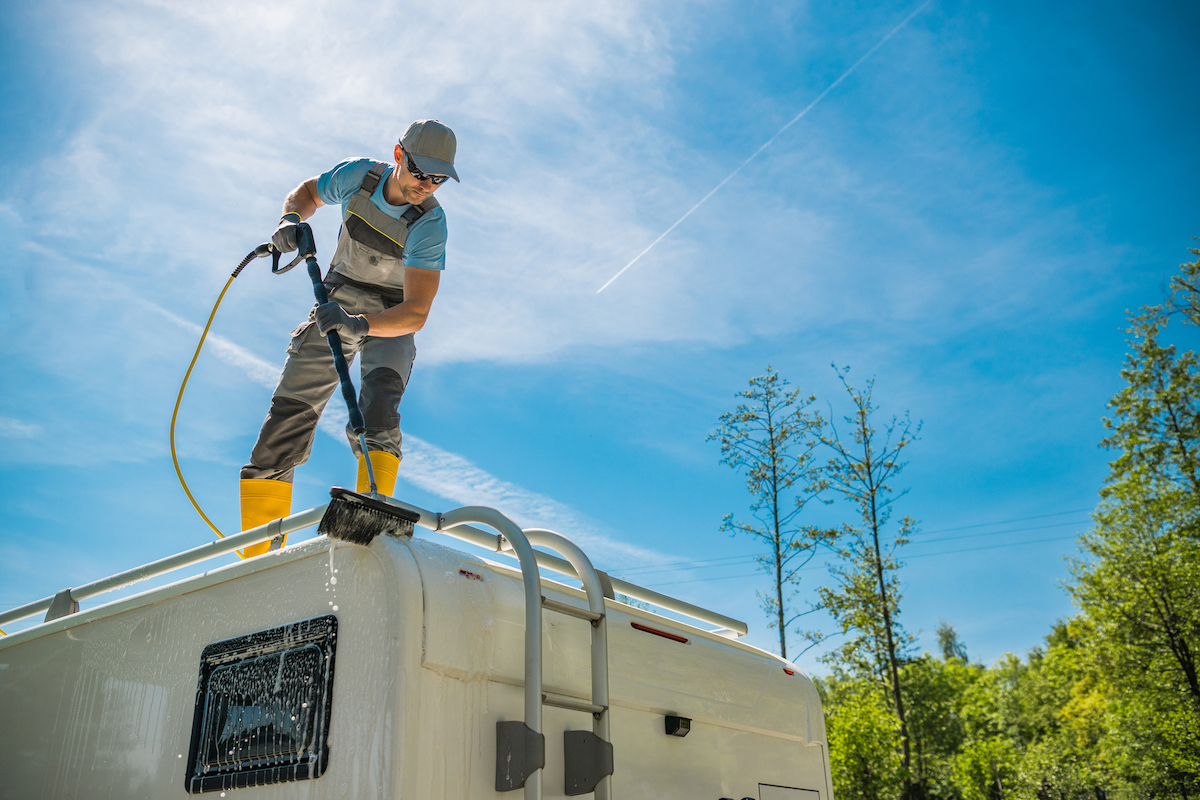
Photo Credit: welcomia/Getty
Chalky Roof
Q: I have a 2007 Coachman RV, and I’ve never touched the roof. It has a chalky coating right now, and I don’t really want to spend $2000-$3000 to have it cleaned and resealed. Do you have any suggestions for an 82-year-old on this?
—Travis Williams
A: RV rubber roofs do require cleaning and maintenance. Unfortunately, neglecting this will shorten the life of the roof and ultimately cost you more. The chalky coat indicates oxidation and breakdown of the roofing material. Because you are on a budget and likely unable to work on the roof yourself, you need to find someone who will do it for less than the retail price. I suggest that you try to find a friend, relative, or a local handyman who is willing to do it for you at a lower cost.
Here is a link to a good informative blog article on roof maintenance.
Sliding Windows … Won’t
Q: I have trouble opening and closing windows in a late-model RV. What lubricant do you use to make the process of opening those slide-open windows?
—Lou Warren
A: Clean the window tracks to remove any dirt or grit before attempting to apply any lubricant. Use a silicone-based spray lubricant, as it doesn’t attract dust as much as oil-based lubricants do. Apply the lubricant to the window tracks carefully, making sure it does not come in contact with the window glass.
Water Filter Storage
Q: We sometimes store our RV for an extended period and want to remove the water filter to prevent mold or mildew buildup. How do you store a water filter until the next time you use it?
—Kevin Steinke
A: If it is an open-cartridge type that goes into an outer housing, I would let it dry out thoroughly in the sun and then store it in a sealed plastic bag to keep it clean. A fully enclosed and sealed filter is more challenging to dry out. You might try drying it in the sun and heat, with both the inlet and outlet open, then place it in a baggie and put it in the freezer. Most folks replace the filter each Spring at a minimum.
Stuck Slide-Out
Q: I own a 2019 Winnebago Outlook 31n Class C motorhome and was looking to obtain the necessary steps to inspect and/or replace the motor in my slide-outs. It is skipping when you attempt to open the slider. I can’t provide the brand and model since I’m not sure how to gain access to the motor. Is there some access door, or is there a different approach to gaining access to this motor and drive mechanism? Any information would be greatly appreciated.
—Tony Callese, Chicago, IL
A: Your coach has two slide-outs. You can look underneath the one that still works when it’s extended to see the mechanism and identify the make and model. There may also be paperwork in your owner’s packet on it. RV manufacturers use many brands and models of slide-out mechanisms, even on the same coach, and sometimes change part way through a model year. I believe your coach uses two of the same Quickee brand units. Here’s a link for information on them. Winnebago also has very good customer tech service at (800) 537-1885.
Ask Us Anything
Questions about your road trip ride? Write us at [email protected]. Visit rv.com for more on RV gear and maintenance.

